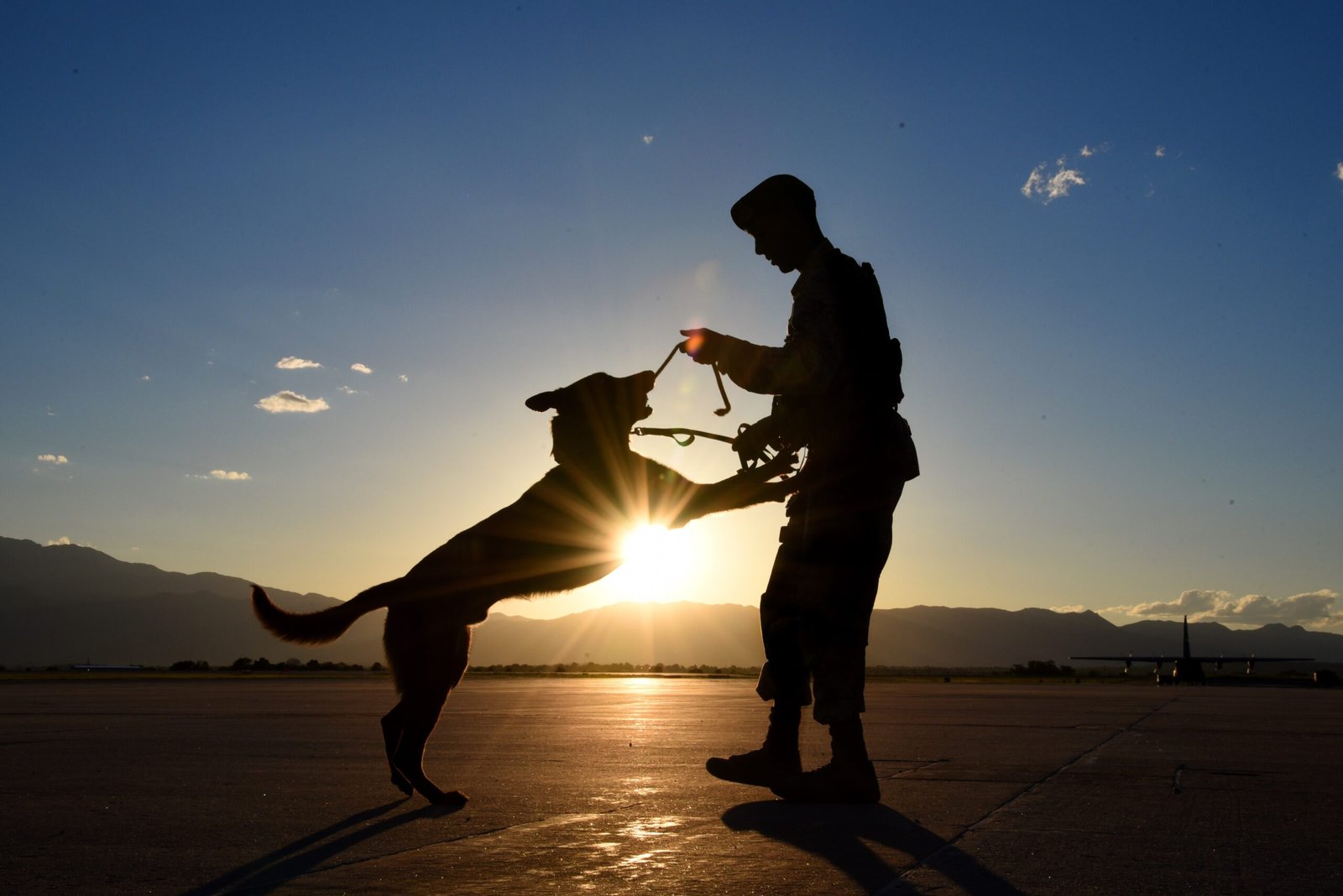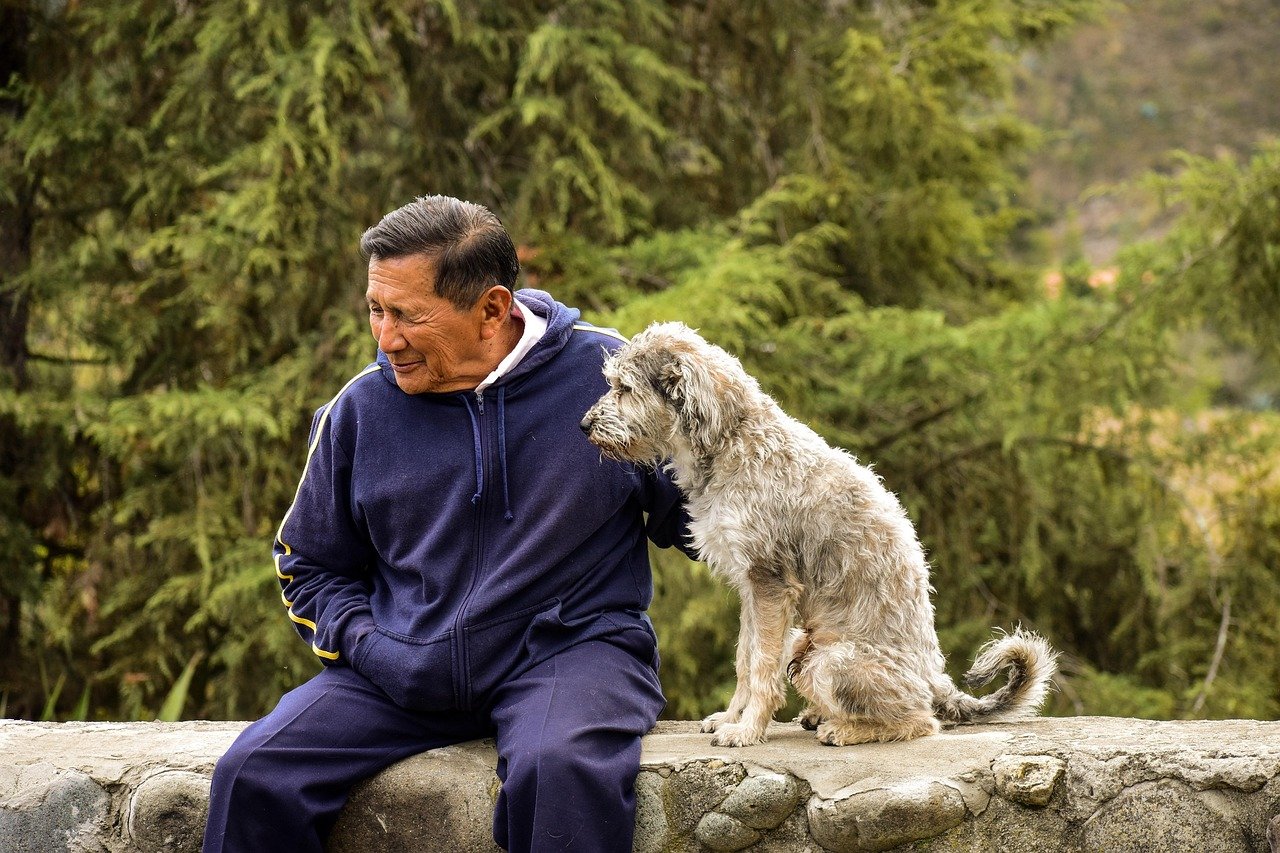One day, you might notice your dog’s muzzle turning a gentle shade of silver. Maybe they nap a little longer, or take a bit more time getting up from their favorite spot on the couch. These subtle changes can tug at your heartstrings, reminding you that your loyal companion is growing older. It can feel bittersweet—watching the dog who once bounded across the yard now stroll with a little more care. The first graying hairs and slower steps often sneak up on us, catching us off guard. Every dog ages differently, but these early signs are nature’s gentle reminder to cherish each moment. Instead of feeling sad, many find a new kind of joy in caring for their senior dogs. This stage is filled with quiet magic—soft sighs, wise eyes, and a bond that grows ever deeper.
Understanding the Physical Changes in Senior Dogs
Aging brings a cascade of physical changes for dogs, just like it does for people. Stiff joints, cloudy eyes, and hearing loss might become part of your daily reality. Some dogs develop lumps or benign tumors, while others may lose a bit of weight or muscle mass. It’s not unusual for older dogs to become pickier eaters or need more frequent bathroom breaks. Watching these changes can be emotional, but understanding them helps you respond with compassion and care. Regular vet checkups become even more important during this stage. Your dog isn’t just getting older—they’re entering a new chapter, and they need your support to face it with comfort and dignity.
The Emotional Wisdom of Silver Muzzles
There’s something almost magical about the calm and understanding in a senior dog’s eyes. Older dogs seem to carry a quiet wisdom, born from years of shared adventures and gentle moments. They often become more affectionate, choosing to snuggle a little closer or follow you from room to room. Their loyalty deepens, and so does their need for reassurance. It’s not uncommon for aging dogs to experience anxiety, especially if their senses are fading. They look to you for comfort and confidence, relying on your steady presence. This emotional bond becomes the heart of your relationship, turning daily routines into rituals of love and trust.
Adjusting Daily Routines for Senior Comfort
As your dog ages, small adjustments can make a huge difference in their comfort and happiness. Soft bedding becomes essential—think plush mats or orthopedic beds to ease achy joints. Shorter, more frequent walks help maintain mobility without overexertion. Some owners add ramps or steps so their dogs can still enjoy the sofa or car rides. Even changing feeding routines can help, with smaller, more frequent meals that are easier to digest. Don’t forget to keep your home safe and accessible by removing obstacles or slippery rugs. These changes aren’t just practical—they’re a daily reminder that your dog’s comfort matters more than ever before.
Nutrition and Health: Supporting Your Dog’s Golden Years
Nutrition plays a huge role in how well your dog ages. Senior dogs need diets tailored to their slower metabolism and changing health needs. Foods rich in anti-inflammatory ingredients, joint supplements like glucosamine, and easily digestible proteins are often recommended. Fresh water should always be available, and some dogs benefit from wet food if dental issues arise. Regular vet visits are crucial for monitoring weight, dental health, and any chronic conditions like arthritis or kidney disease. Your vet might suggest new supplements or medications, but sometimes the best medicine is simply a gentle routine and lots of TLC. Paying close attention to your dog’s appetite, energy, and bathroom habits can help catch problems early.
Keeping Minds Sharp: Mental Stimulation for Older Dogs

Just because your dog is slowing down physically doesn’t mean their mind has to fade away. Senior dogs thrive on mental challenges, even if their bodies aren’t as spry as they once were. Puzzle toys, food-dispensing games, and gentle training sessions can keep their brains active. Scent games—like hiding treats around the house—can be particularly enjoyable for older pups. Social time matters too, whether it’s quiet visits with dog friends or simply more snuggle time with their favorite humans. Never underestimate the power of a new experience, like a car ride to a new park or a stroll in a different neighborhood. Keeping your dog mentally engaged is one of the best gifts you can give them in their golden years.
Building New Memories: Finding Joy in Slower Days

Just because your dog is older doesn’t mean the adventures are over. In fact, some of the sweetest memories are made during these quieter, slower days. Maybe you take more time sitting together on the porch, watching the world drift by. Or perhaps you create new rituals, like sharing a small snack or exploring a new scent trail during your daily walks. Many owners find that this stage of life brings a deeper connection, based on mutual understanding and a shared sense of peace. Take photos, tell your dog stories, and celebrate the little things—like a happy tail wag or a contented sigh after a good nap. These moments may be softer, but they shine just as bright.
Preparing for Goodbyes: Facing the Future Together
No one wants to think about saying goodbye, but facing the reality of your dog’s aging is part of the journey. It’s natural to feel grief and even fear, but knowing you’ve given your dog a life filled with love brings comfort. Talk openly with your vet about what to expect and how to manage any pain or discomfort. Some families choose hospice care or special accommodations to keep their dog comfortable at home. Cherish every moment—gentle pats, shared glances, and quiet nights. Saying goodbye is never easy, but honoring your dog’s life and legacy is the final act of love on this remarkable journey together.

Andrew Alpin from India is the Brand Manager of Doggo digest. Andrew is an experienced content specialist and social media manager with a passion for writing. His forte includes health and wellness, Travel, Animals, and Nature. A nature nomad, Andrew is obsessed with mountains and loves high-altitude trekking. He has been on several Himalayan treks in India including the Everest Base Camp in Nepal.






